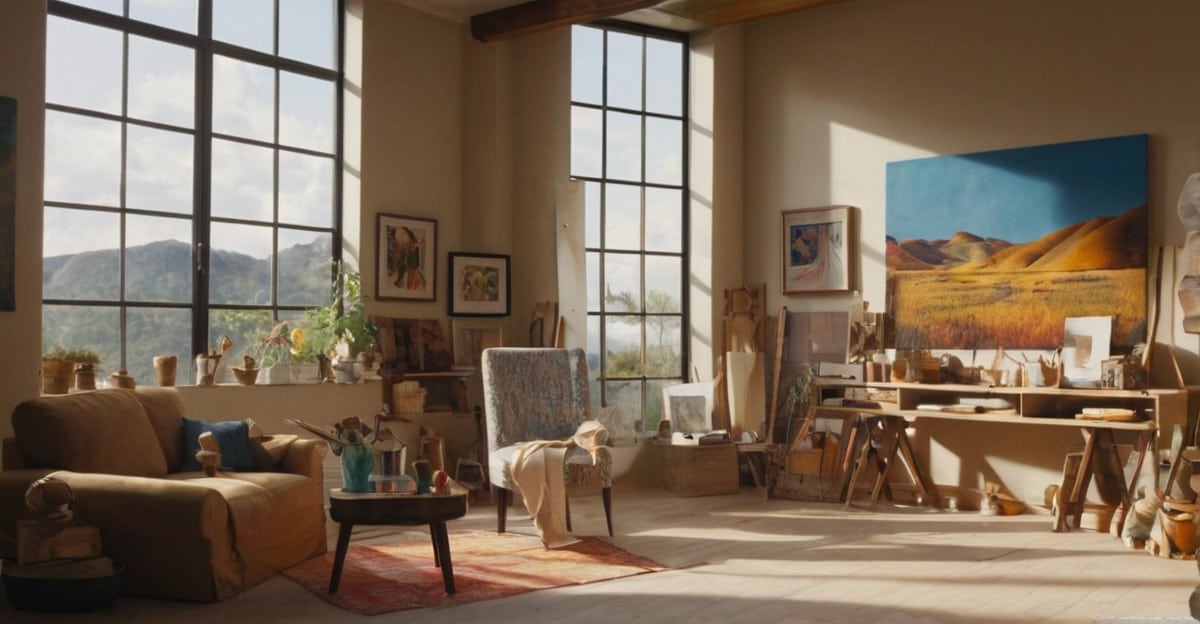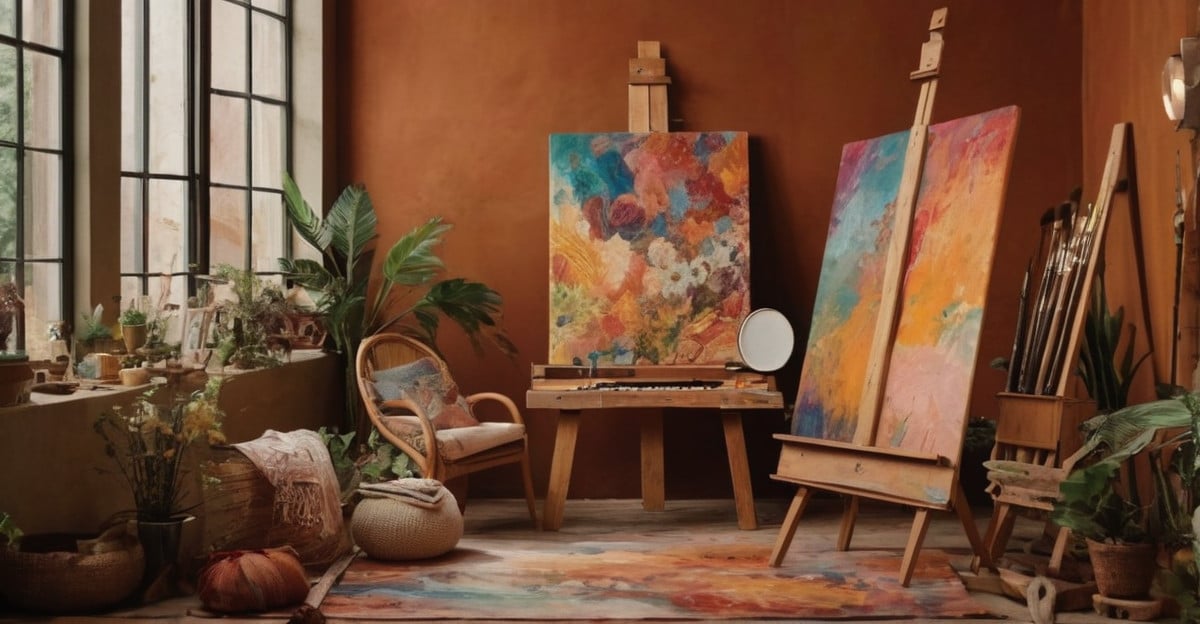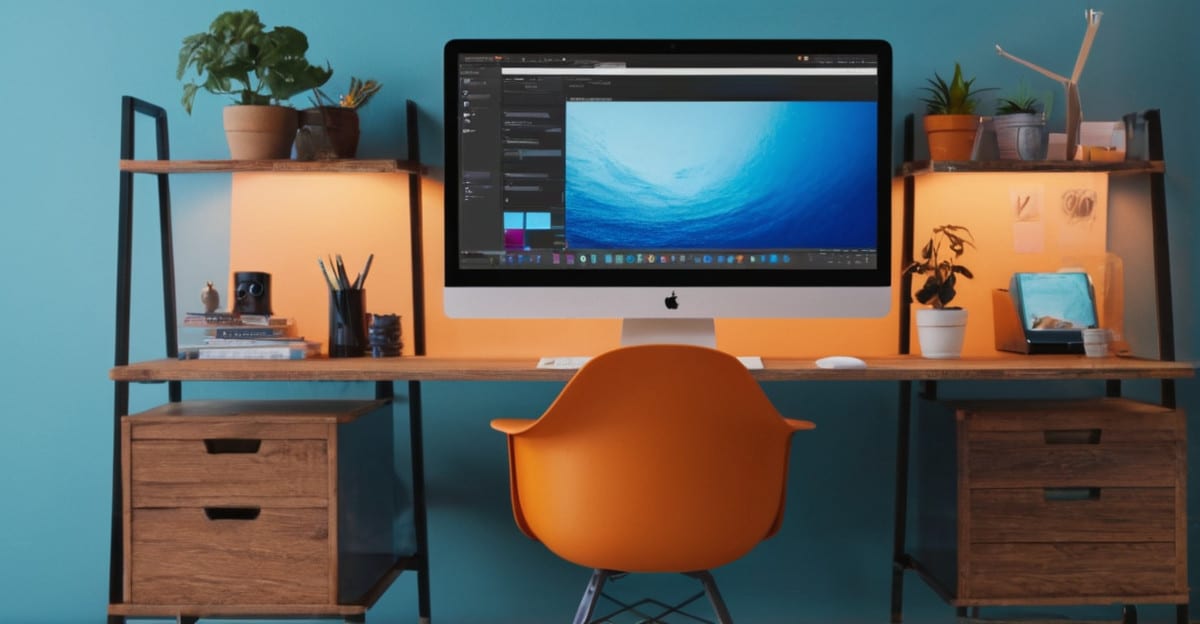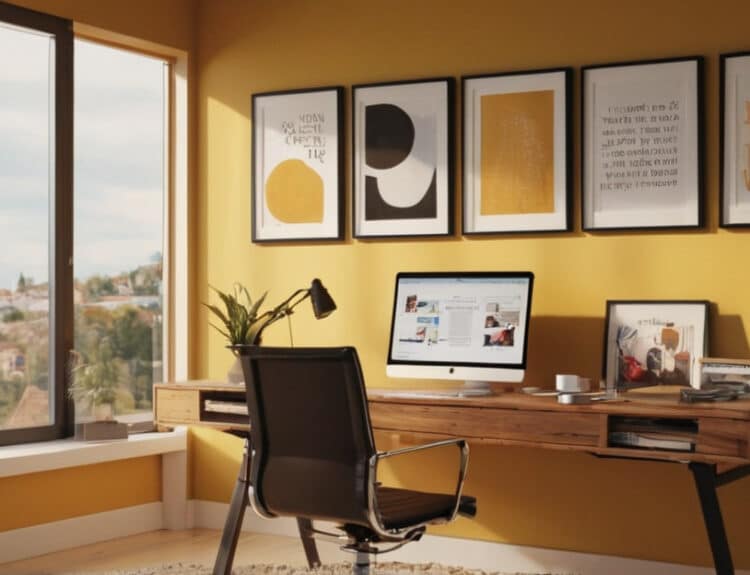
Introduction: The Importance of a Compelling Portfolio
In the competitive world of freelancing, standing out is essential. Your portfolio is not just a collection of your work; it’s your personal brand. A stunning freelance artist portfolio in 2024 can be the key to unlocking new opportunities and attracting potential clients. In this article, we’ll explore seven strategic steps to help you create a portfolio that not only showcases your talent but also highlights your professionalism and uniqueness. Let’s dive into how you can craft a portfolio that truly reflects your artistic vision.
Key Takeaways
- A compelling portfolio is essential for freelance artists in 2024.
- Define your artistic style to create a cohesive and unique portfolio.
- Select only your best work to showcase quality over quantity.
- Maintain a professional online presence to reach a broader audience.
- Write detailed and engaging descriptions for each piece.
- Showcase your creative process to build trust and transparency.
- Include client testimonials to enhance credibility.
- Regularly update your portfolio to reflect your current skills and interests.
Step 1: Define Your Artistic Style
Your artistic style is your signature. It’s what makes your work recognizable and sets you apart from other artists. Begin by analyzing your previous works to identify recurring themes, techniques, and color palettes. This consistency helps in creating a cohesive portfolio that tells a story. In 2024, the trend is moving towards personalized and niche art forms, so be confident in showcasing what makes your art unique. This step is not just about what you create, but how you want your audience to perceive your art. Clearly defining your artistic style will guide the selection of pieces you include in your portfolio and ensure they align with your personal brand.
Step 2: Select Your Best Work
Quality over quantity is the mantra for a successful portfolio. Carefully curate your work to include only the pieces that best represent your skills and artistic vision. Consider the message each piece conveys and how it fits into the overall narrative of your portfolio. Remember, your portfolio should demonstrate your range and versatility while maintaining a consistent quality of work. In 2024, clients are increasingly looking for artists who can provide both creative and professional excellence. Thus, focus on selecting works that highlight your strengths and cater to the type of projects you want to attract.
Step 3: Create a Professional Online Presence
In today’s digital age, having an online portfolio is crucial. Platforms like Behance, Dribbble, or even a personalized website can serve as your online gallery. Ensure that your online presence is professional, easy to navigate, and visually appealing. Use high-quality images and provide detailed descriptions of each piece, including the medium, size, and any relevant backstory. In 2024, optimizing your online portfolio for mobile devices is vital as more clients view content on their phones. An online presence not only broadens your audience reach but also allows you to update your portfolio with new works easily.

Step 4: Write Compelling Descriptions
Each piece in your portfolio should have a compelling description that offers insight into your creative process and the story behind the artwork. In 2024, audiences are more interested in understanding the inspiration and techniques behind a piece. Use this opportunity to connect with your audience emotionally and intellectually. A well-written description can engage potential clients and give them a deeper appreciation of your work. Be concise yet descriptive, and always keep the focus on how the piece reflects your unique artistic vision.
Step 5: Showcase Your Process
Clients and art enthusiasts alike are often fascinated by the creative process. Including behind-the-scenes content such as sketches, drafts, or time-lapse videos can add value to your portfolio. This transparency not only showcases your skills and versatility but also builds trust with potential clients. In 2024, the trend of documenting and sharing one’s creative journey is growing. By revealing the steps you take to create your art, you provide a more comprehensive view of your capabilities and work ethic, which can set you apart from other freelancers.
Step 6: Include Client Testimonials
Testimonials are a powerful tool to build credibility and trust. Positive reviews from past clients can significantly enhance your portfolio’s appeal. Reach out to satisfied clients and ask for a brief testimonial that highlights your strengths and the positive impact your work had on their projects. In 2024, potential clients are more likely than ever to rely on peer reviews and testimonials when choosing a freelance artist. Ensure that these testimonials are displayed prominently in your portfolio to leverage their full potential.

Step 7: Keep Your Portfolio Updated
Your portfolio is a dynamic representation of your artistic journey. Regular updates are crucial to keep it relevant and reflective of your current skills and interests. As you complete new projects or refine your style, incorporate these changes into your portfolio. In 2024, the pace of change in the art world is rapid, and staying current is essential. An updated portfolio shows potential clients that you are actively engaged in your craft and continuously evolving as an artist. Schedule regular reviews of your portfolio to ensure it aligns with your artistic goals and professional aspirations.
Conclusion: Crafting a Portfolio for Success
Creating a stunning freelance artist portfolio in 2024 involves more than just displaying your art. It’s about curating a collection that tells your story, showcases your skills, and connects with your audience. By defining your style, selecting your best work, maintaining an online presence, writing compelling descriptions, showcasing your process, including client testimonials, and keeping your portfolio updated, you lay the foundation for a successful freelance career. Remember, your portfolio is not just a reflection of your past work but a gateway to future opportunities. Invest time and effort into crafting a portfolio that truly represents who you are as an artist.






